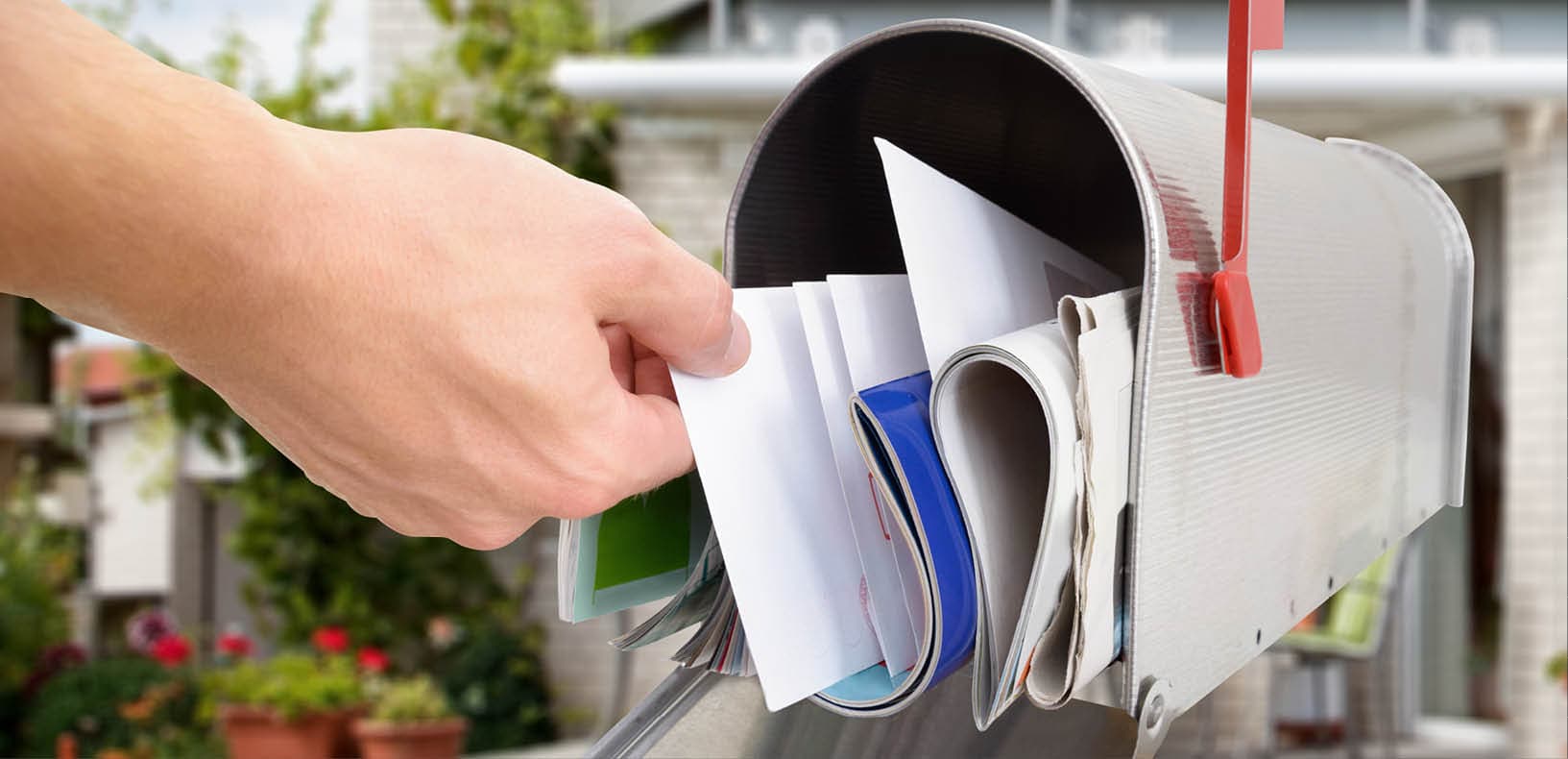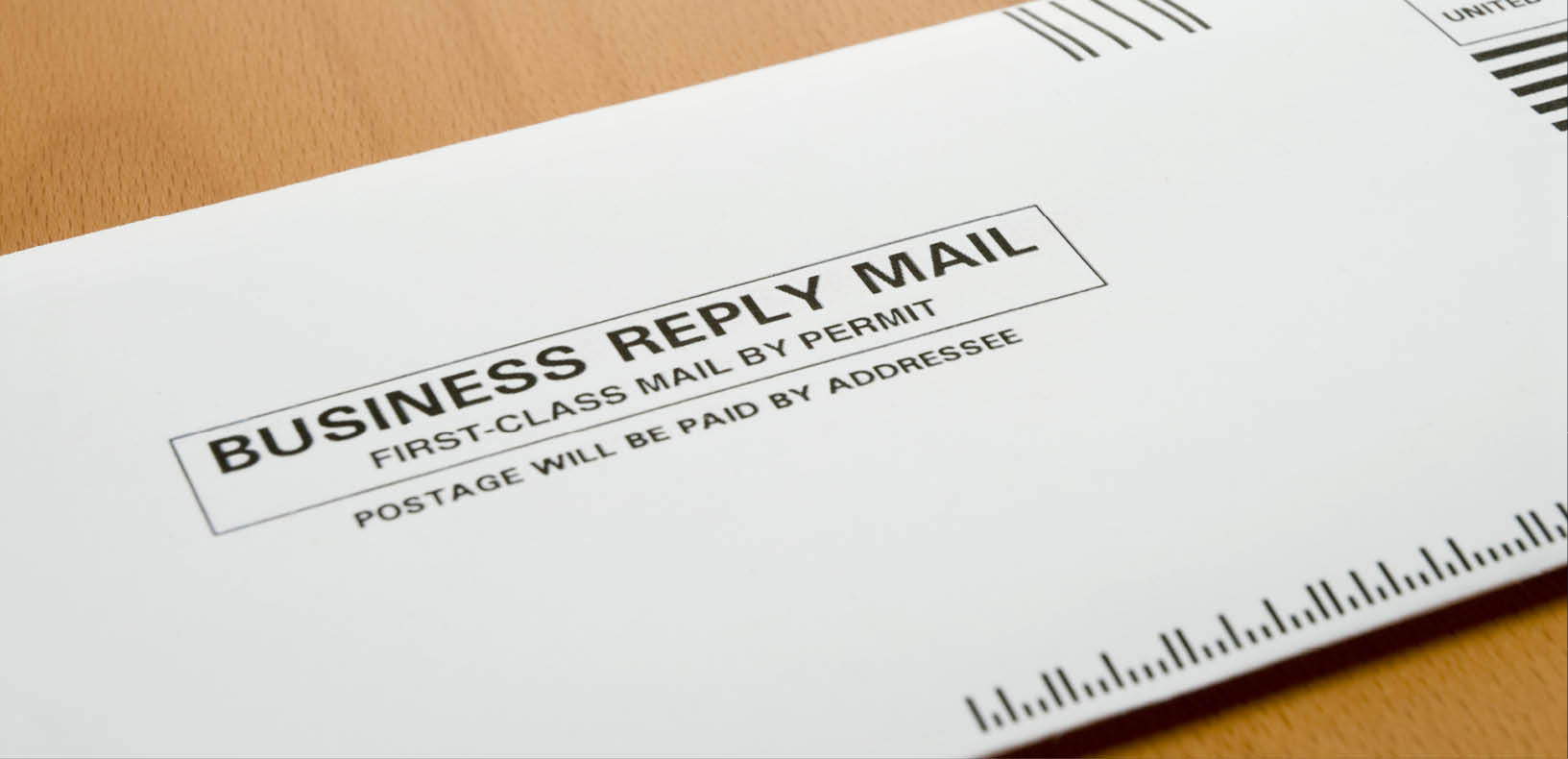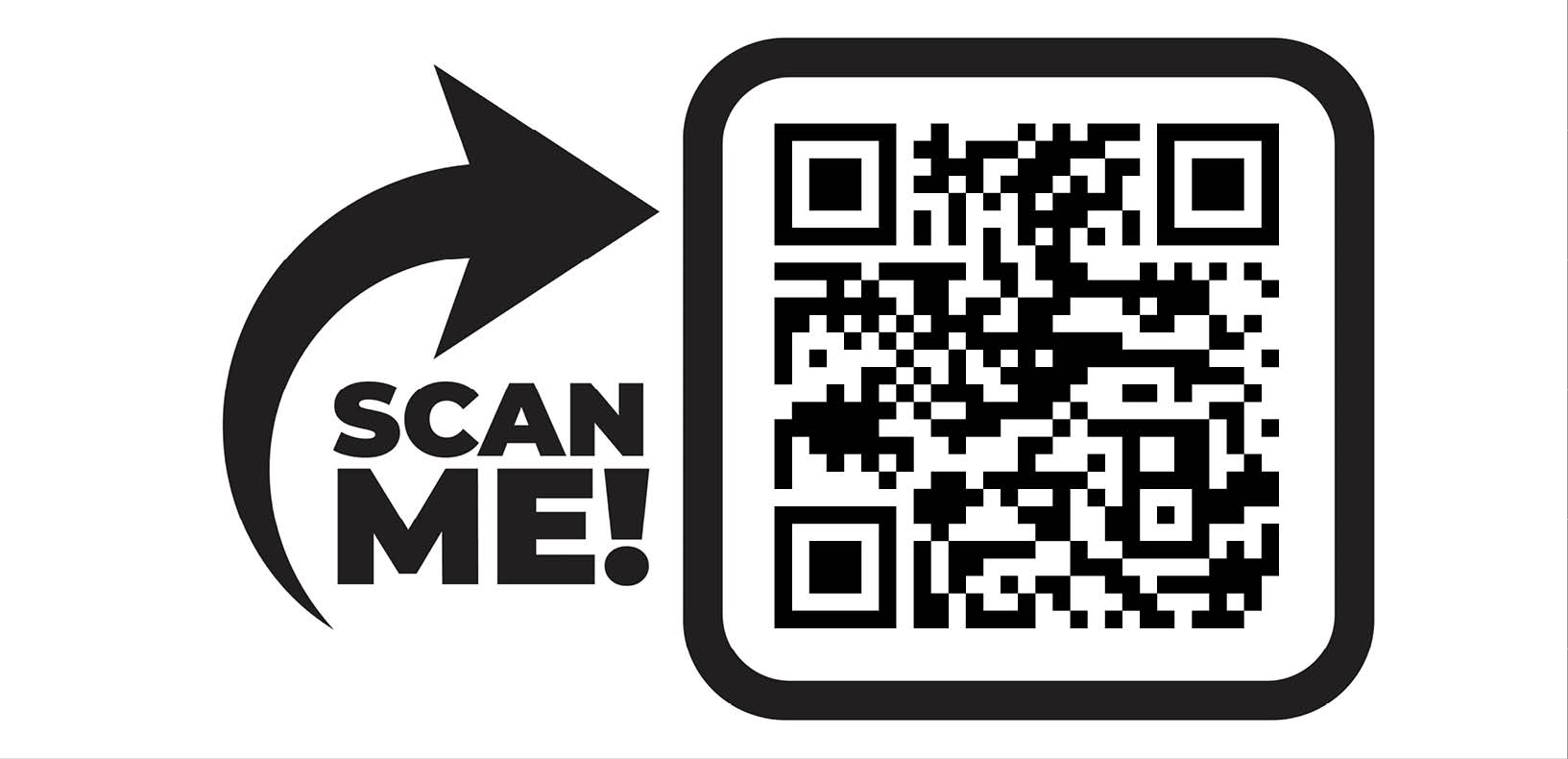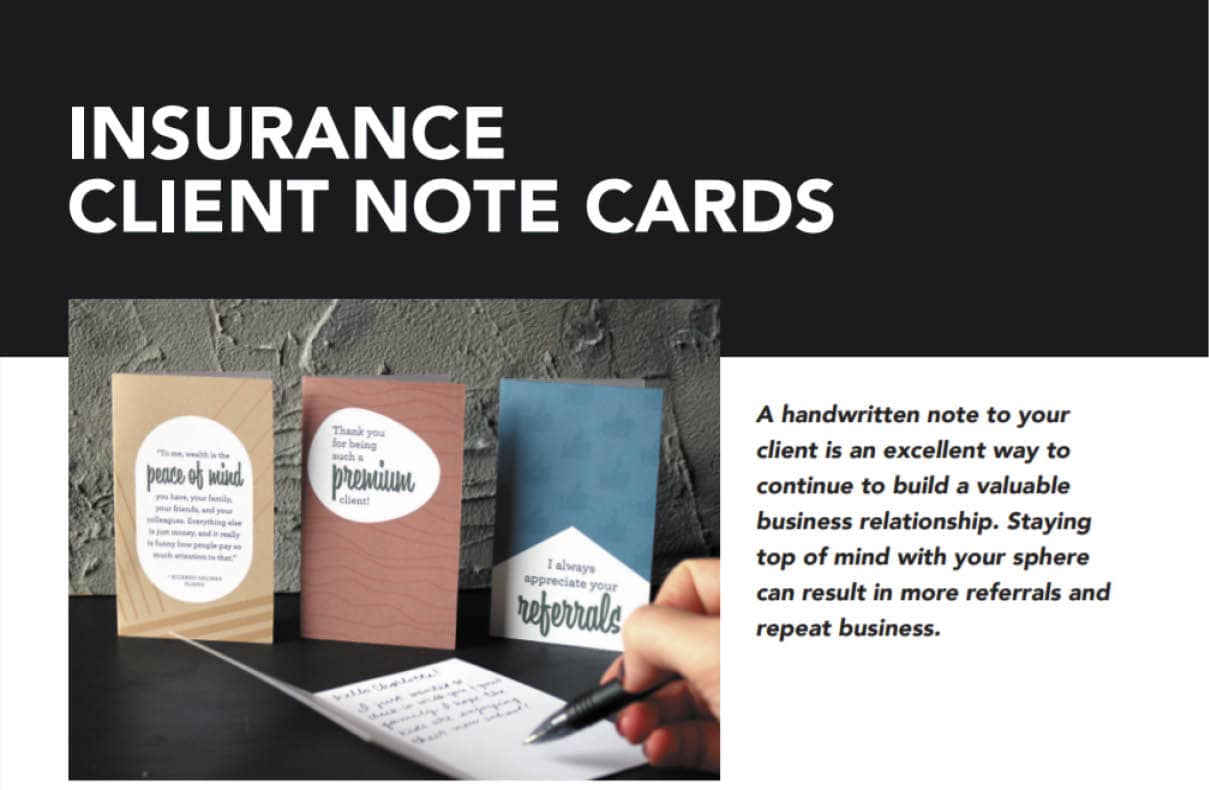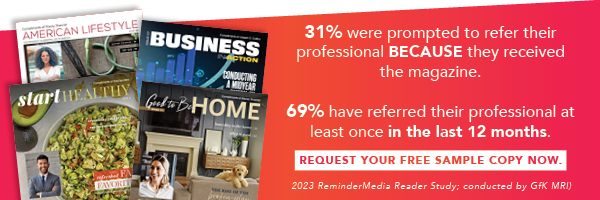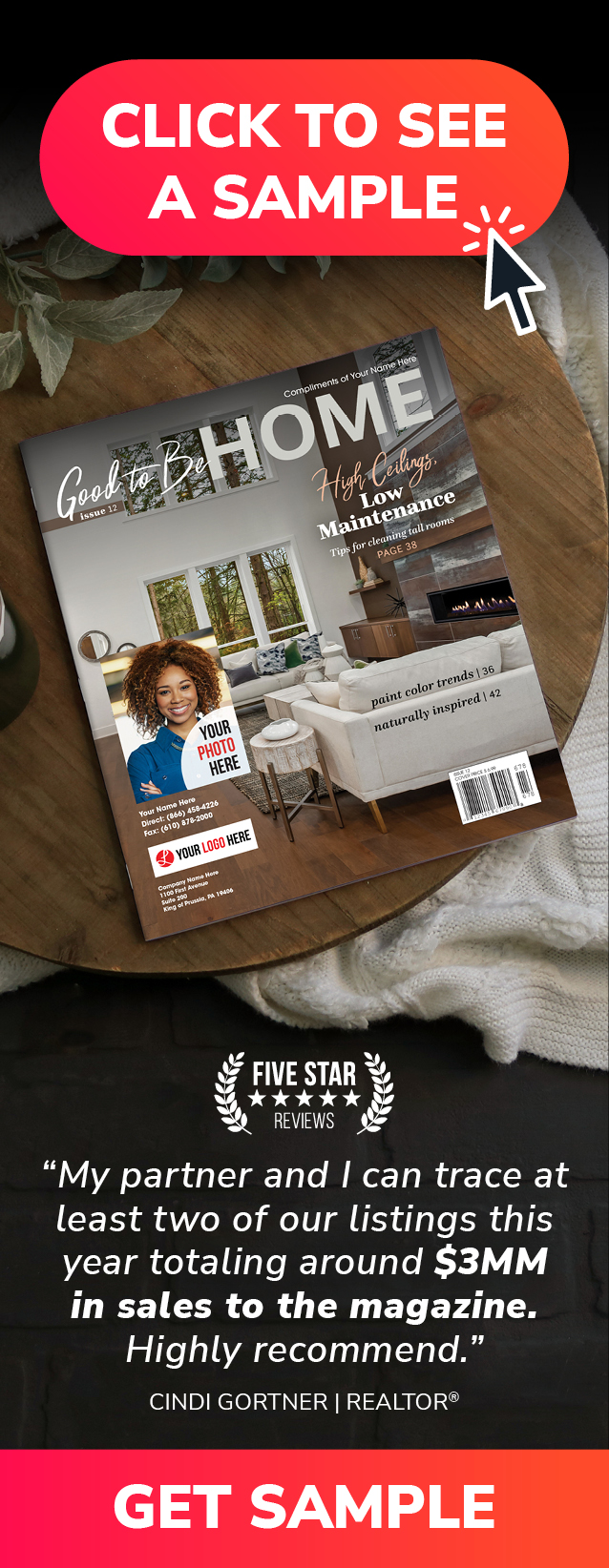Insurance is something you pay for that you hope you’ll never have to use.
That, in a nutshell, was how my father explained insurance to me when I got my first “real” job. I was trying to decide whether adding long-term disability insurance to my benefits package was worth the pennies (back then) it would cost me.
In a somewhat similar way, insurance agents today wonder if investing in direct mail marketing is worth what it might cost them—especially if digital marketing is what everyone is turning to.
It’s true that digital marketing is critically important to businesses of all shapes and sizes. But it’s also true that the more marketing channels you use:
- the more omnipresent you become,
- the more brand recognition you achieve,
- the more people you’ll reach, and
- the more opportunities you have to communicate your value.
As important as these outcomes are to your overall success, they’re not the endgame—finding leads is—and, as we all know, referrals are the best type of leads to have because they convert more easily than cold leads. Once converted, they tend to remain loyal clients for longer periods, and, generally speaking, offer greater lifetime value.
The key to generating referrals is to remain top of mind with all your clients, and nothing achieves top-of-mind awareness than a consistent and personalized direct mail campaign—one that includes more than postcards.
Marketing with postcards
Don’t misunderstand me—postcards are a fantastic choice for collecting direct mail insurance leads.
With postcards you immediately overcome a marketer’s biggest obstacle—will your recipients open the envelope (or click the email if we’re talking about digital marketing) to see your message? Postcards remove that concern because your message is literally staring them in the face.
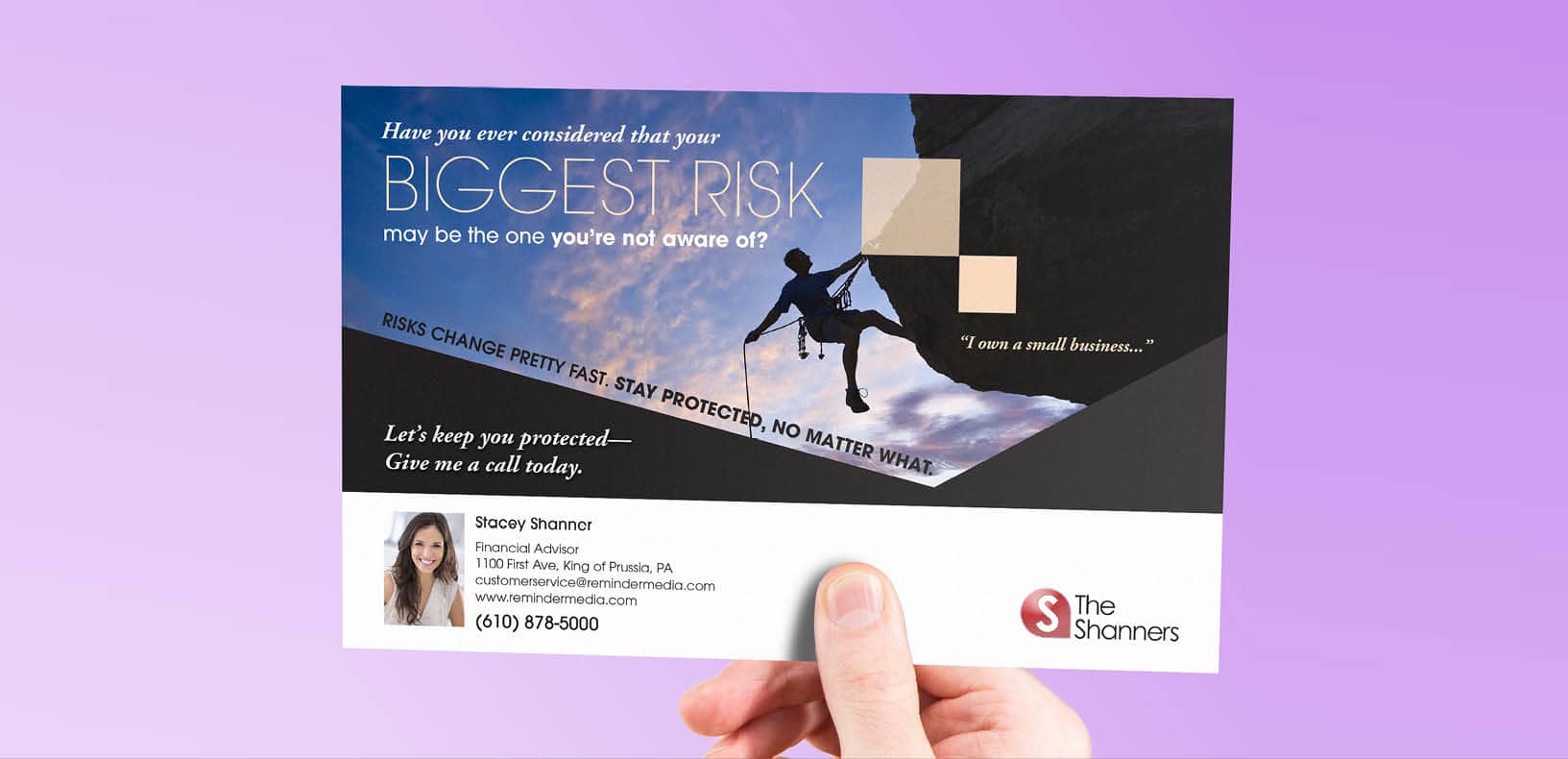
If you’d like to order this postcard or any of our other outstanding designs, click here.
Postcards are also highly versatile.
You can use different sizes, colors, images, calls to action, offers, and message copy, making it super easy to test how well a campaign is working and make the proper adjustments. (We have a podcast episode about email testing that is applicable to direct mail too. Listen to it here.)
Furthermore, you can effortlessly increase traffic to your website with postcards.
QR codes are rising in popularity, and printing them on postcards makes it simple for recipients to quickly scan them with their smartphones. Have the scanned code link to a landing page where prospects can provide their contact information for a free item of value—perhaps a useful report or a questionnaire that helps them to assess their insurance needs.
You can be creative with your postcard by devoting one side of a large-sized postcard to your messaging and the other side to a postage-paid response that prospects can tear off and stick in the mail to receive more information, request an appointment, or another call to action you’ve included.
Regardless of how effective postcards can be at generating leads, you’ll only be wasting your time and money if you don’t adhere to the following two nonnegotiable rules that apply to all direct mail campaigns.
Rule 1: You must be consistent.
There isn’t a single instance of a successful marketing strategy that was implemented one time.
Before a message can elicit a response, an audience needs to be exposed to it numerous times. While the precise number and frequency of exposures (the effective frequency or cadence) differs depending on who you ask, researchers generally argue for somewhere between seven and 20 instances.
Then there is the opposite concern. Your own experience will tell you that, after a while, you start to tune out the same message. But how much exposure is too much?
Researchers haven’t fully established the acceptable frequency or wear-out period, but according to Dr. Louisa Ha, professor of media production and studies at Bowling Green State University, “There are studies on the wear-out effect which show different ad themes have different thresholds of wear-out. To avoid wear-out, there should be variations of the ad so that the same message is reinforced without showing the same thing.”
This all suggests that if you are going to send postcards, then you should send at least one every month, and it should be a different card each time. We offer automated postcards for insurance agents and will send a different, high-quality, lead-generating postcard every month to your list of recipients.
Rule 2: You must follow up
Alone, no postcard (or any marketing tactic) ever converted a prospect.
There is no substitute for following up after the delivery of a piece of direct mail.
Period.

I’m inclined to speculate that those who claim direct mail postcards don’t work are breaking one or both of these unforgiving rules.
Handwritten direct mail marketing
I don’t need to tell you that independently owned insurance companies struggle to compete against national insurance companies and their deep pockets. It’s why independent insurance agents need to be creative, need to be visible everywhere, and need a direct mail marketing strategy that includes more than just postcards.
And nothing will distinguish you more from the big boys, make as strong an impression, and keep you top of mind for repeat business and referrals like a genuinely handwritten note.
I know what you’re thinking . . . Where am I supposed to find the time to handwrite letters?
I know you’re busy trying to run your business and serve your clients but, like everything else, if you have a plan and break a big task into smaller ones, you can get practically anything done.
First, I’m promoting that you write a short note—not a lengthy letter. You can use our FREE notecards for insurance agents with covers appropriate for offering an insurance quote, for referral requests, and for saying thanks. You or your local print shop can print as many as you like.
Second, you can decide to send a note to only your core clients, or you can commit to writing several cards a week and eventually send one card to everyone in your database.
Finally, you could have someone else write your notes for you. While this approach won’t allow you to personalize your message as much as writing it yourself, writing one and having a high school or college student (with good handwriting, of course) copy it for a per-card fee would save you time and avoid the higher cost of hiring a handwritten-letter-writing service.
Remember that even a thank you card is a piece of marketing, so you’ll want to make a lasting impression. For suggestions about how to write a powerful thank you note, you can consult this helpful article.
Marketing with a personally branded magazine
Independent insurance agents routinely tell us that one of their biggest concerns is that their clients forget who they are.
Their clients have no trouble telling people who ask that they have their home policy with Tilling the Fields Insurance Group, their car insurance with Little Green Gecko Company, and their life insurance with Empire State Life.
But ask them who sold them their policies and they’re clueless, and that endangers commission renewals and residuals. When you lose a client, you lose valuable income.
And no one who has forgotten an agent’s name can refer them to a friend, colleague, or family member.
A personally branded magazine as part of your marketing mix can essentially eliminate these problems.
If you’re unfamiliar with personally branded magazines and how they work to help you retain business and secure referrals, then I encourage you to read on.
1. They get you past the trash can and into the home
A magazine, especially one that is as attractive as the ones we produce for our clients, stands out amidst the bills, flyers, and junk that routinely find their way into people’s mailboxes.
These magazines are not perceived as marketing, but rather as gifts from you and something they look forward to receiving because they’re engaging and useful.
- American Lifestyle, our flagship product, includes beautiful images and articles about home decor, travel, food, and entertainment.
- Start Healthy is created for those who have an interest in healthy living. It includes pieces about health and wellness, mindfulness, exercise, healthy eating, and more.
- Good to Be Home is for those who enjoy reading about home and garden topics, DIY projects, decorating, home improvement, and other topics about home ownership.
In an independent survey, nearly 20% of people who receive a magazine from one of our clients report that they keep it in their homes on the kitchen or coffee table for 10 weeks or more.*
2. They lift your brand
To be remembered by your clients, you need to be familiar to them in ways that go beyond being the source of a computer-generated bill they receive every six to 12 months.
Our personally branded magazines include your image, your branding, and your contact information in six strategic locations—the inside and outside of the front and back covers and on two tear-out cards included in every issue.
Every two months, we automatically mail a new issue to your exclusive list of addresses, giving you a consistent opportunity to make your brand visible to everyone in the family and to those they share it with.
3. They allow you to make a personal connection
With all 3 magazines, you have the option to write a letter that you can personalize to the individual recipient and that we’ll print on the inside front cover of your magazine at no extra charge.
- If you know that John and Suzie have a child who is graduating from college, you might remind them that their child may be at an age where they need a policy of their own.
- If Frank and Carol just had their first child, you could include a letter that congratulates them and says you’re available to discuss a possible life insurance policy.
- You can include a letter in your holiday issue wishing all your clients good wishes, and we’ll fill in the correct name for each address in your greeting.
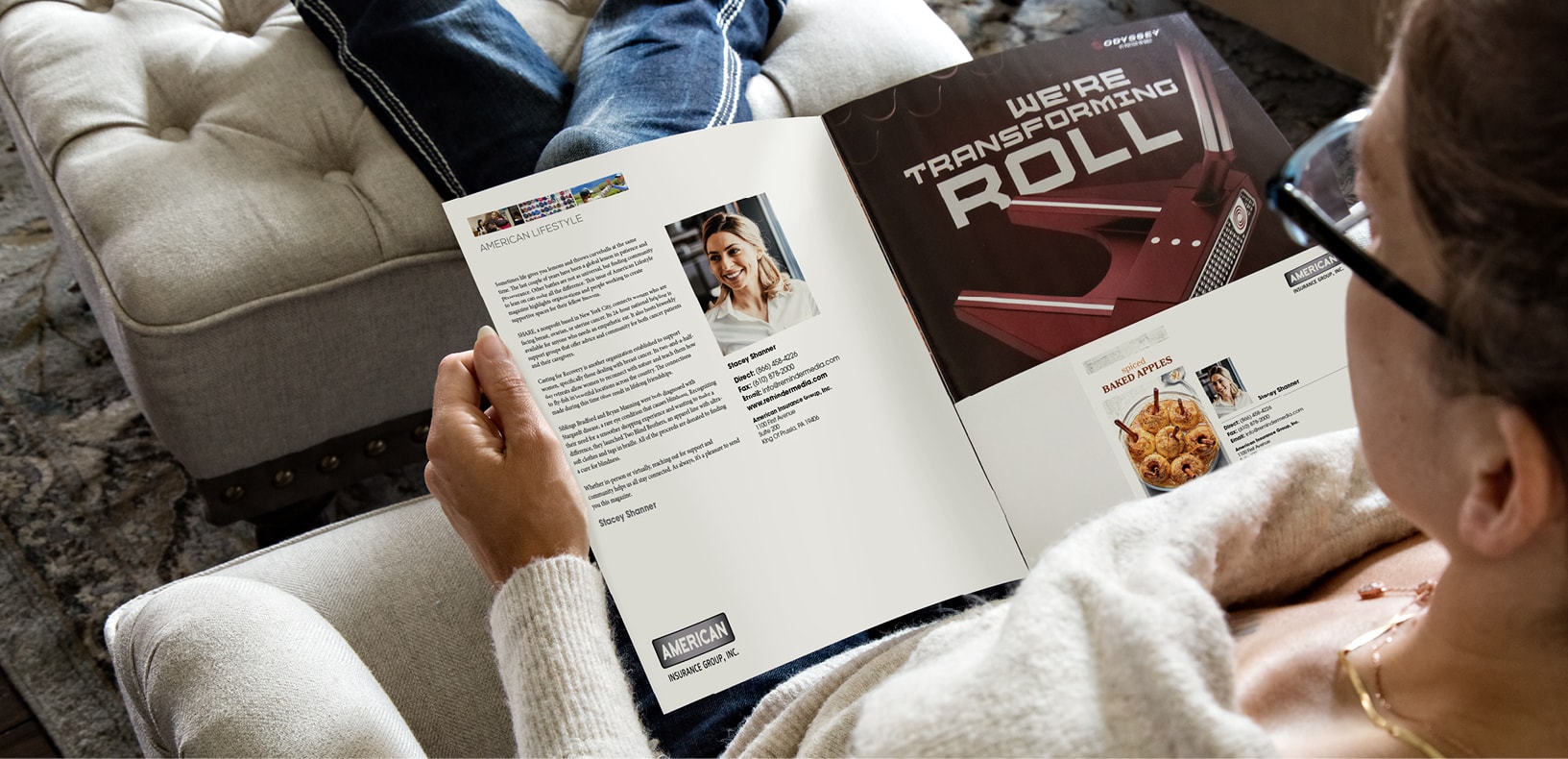 Messages like these enable you to connect on a more personal level with your clients and help to build long-lasting relationships.
Messages like these enable you to connect on a more personal level with your clients and help to build long-lasting relationships.
4. They keep you top of mind
Most important, a personally branded magazine will keep you top of mind with your clients. Consistently sending your clients a gift they enjoy, display, and keep, and that keeps your image and contact information close at hand makes it easy for clients to offer you repeat business and referrals.
Essentially, the best direct mail for insurance agents is automated, branded, and personalized—three qualities that a highly affordable, personally branded magazine from ReminderMedia has in spades. If you’d like to see one of our magazines for yourself, you can get a free PDF copy sent to your inbox when you Click Here.
A final word
An article from the Insurance Journal states:
Postcards are an affordable complement to other agency promotions. Continuous local marketing helps independently owned offices to stay in the game. Without it, it’s difficult for small (non-specialty) offices to compete, even in their own hometown. Nonstop agency marketing is not a luxury; it’s an investment in your firm’s survival.
If you’re looking for more comprehensive advice about marketing with postcards, more details about how to write letters to clients, or information about other direct mail marketing options you can consider, I recommend you read 5 Proven Direct Mail Marketing Ideas for Real Estate Agents in 2023. Don’t let the title discourage you—the advice and information provided are largely applicable to independent insurance agents as well.
*2023 ReminderMedia Reader Study; conducted by GfK MRI. You can see more study results here.









 Apple Podcasts
Apple Podcasts
 Google Play
Google Play
 Spotify
Spotify





